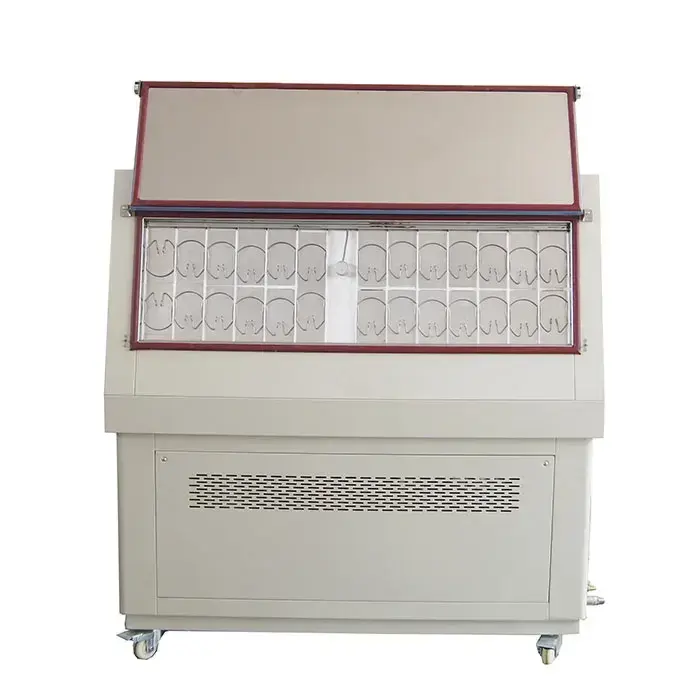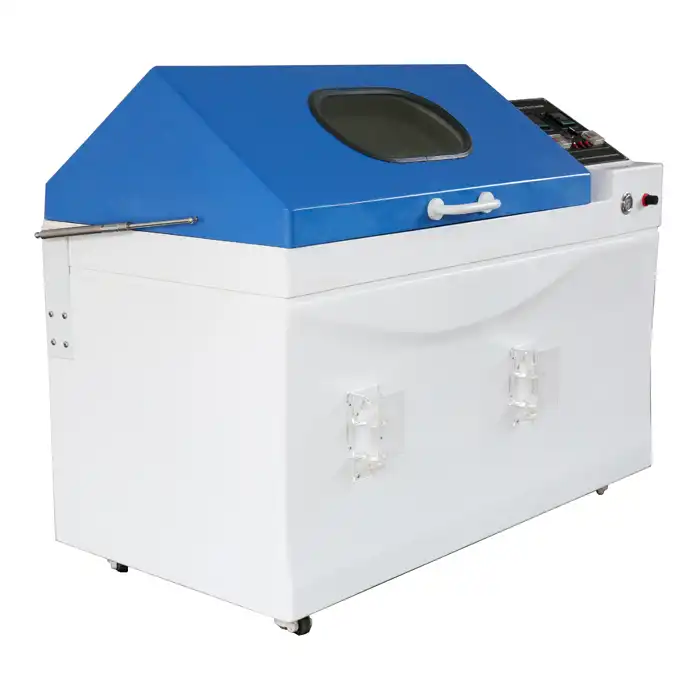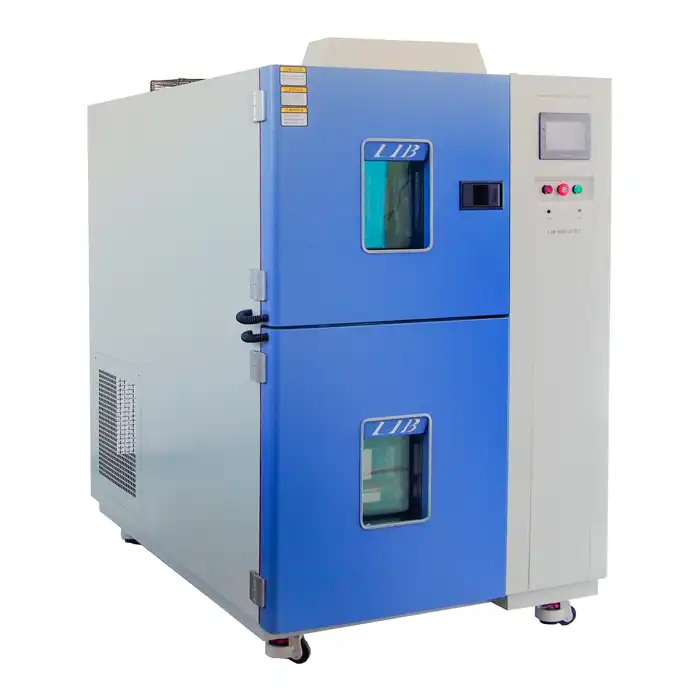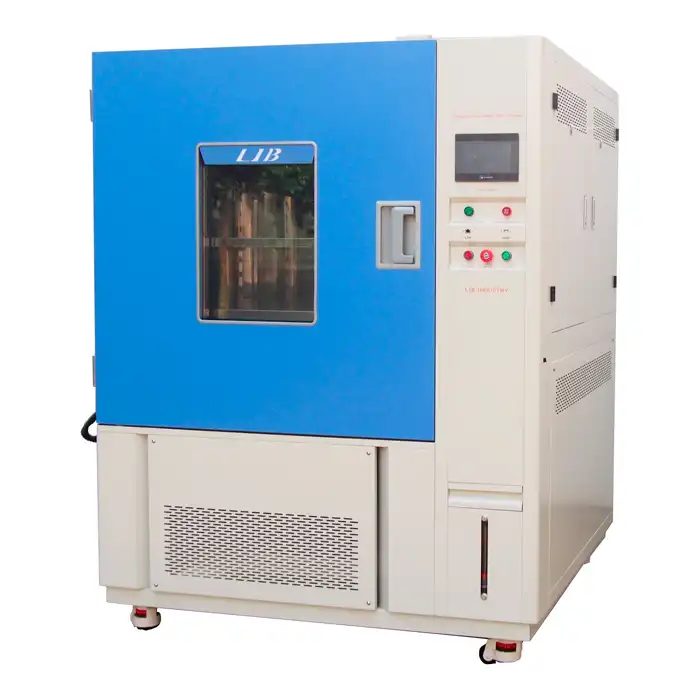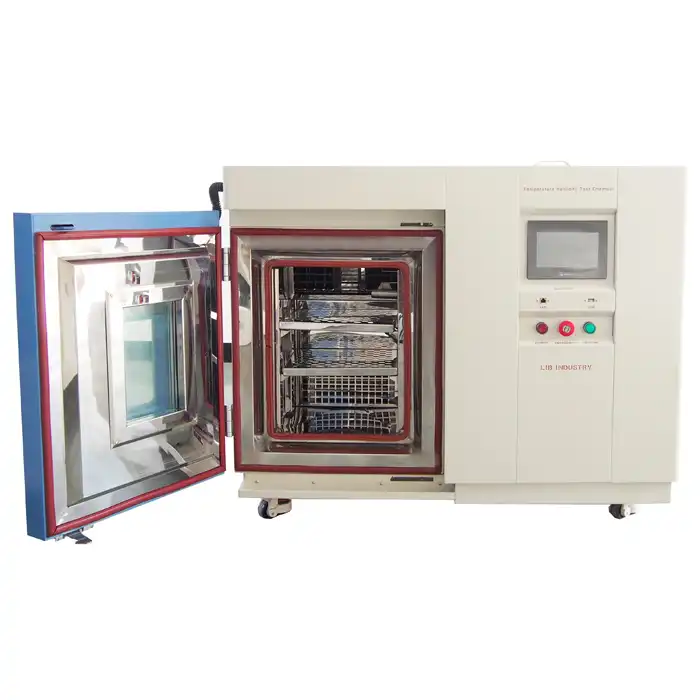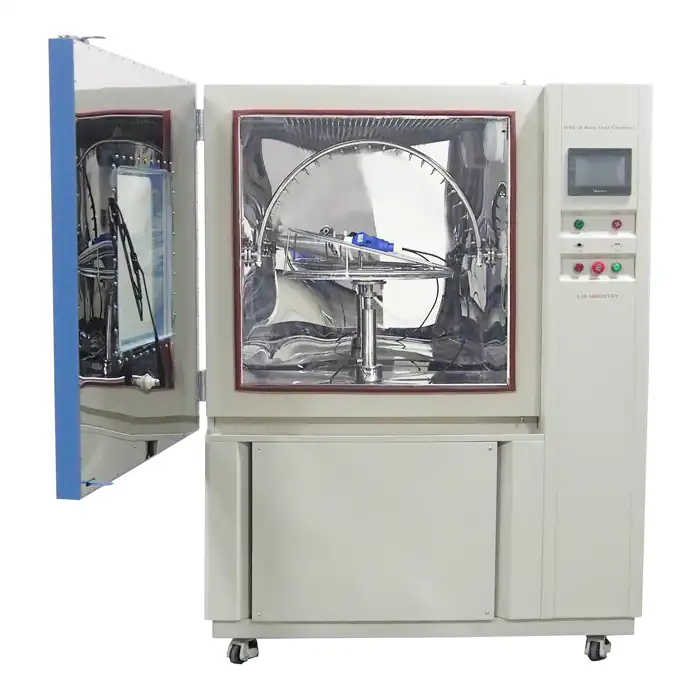Protecting Metal Products: Salt Spray Cabinets for Material Corrosion Resistance
Corrosion is a relentless enemy of metal products, leading to structural weakness, performance degradation, and costly replacements. For industries relying on durable metal components, ensuring long-term corrosion resistance is critical. Salt spray cabinets provide a controlled environment to simulate harsh conditions, allowing manufacturers to evaluate and enhance material resilience.
Understanding the Devastating Impact of Corrosion on Metal Product Lifespan and Performance
Corrosion silently erodes metal integrity, reducing strength and functionality over time. In sectors like aerospace, automotive, and marine industries, metal degradation can lead to catastrophic failures. Without effective testing and protective measures, manufacturers risk financial losses and safety hazards. Investing in corrosion-resistant materials and coatings becomes essential to prolong product lifespan and maintain performance.
Simulating Aggressive Environments to Fortify Metal Against Corrosion
To combat corrosion, manufacturers must understand how different metals react to extreme conditions. Salt fog climate testing replicates real-world exposure to humidity, salt, and pollutants, accelerating corrosion processes in a controlled setting. By subjecting materials to these harsh conditions, engineers can assess weaknesses, refine protective strategies, and develop products that withstand environmental stressors.
Salt spray cabinets are an industry-standard tool for corrosion testing, offering consistent and repeatable conditions. These chambers expose metal samples to a fine mist of saline solution, mimicking coastal environments, road salt exposure, and industrial pollution.
Identifying and Validating Corrosion-Resistant Metals and Alloys with Precision Testing
Choosing the right metal or alloy is crucial in industries where corrosion resistance determines product reliability. Salt spray testing provides quantifiable insights into material performance. For example, stainless steel 316 demonstrates superior resistance to chloride-induced corrosion compared to stainless steel 304, making it ideal for marine applications. Similarly, aluminum alloys with anodized coatings show improved durability in industrial settings.
Industries such as aerospace and automotive rely on salt spray cabinets to validate material choices before large-scale production. By comparing corrosion rates and surface degradation, manufacturers can confidently select metals that will endure extreme conditions, reducing maintenance costs and enhancing product longevity.
Evaluating the Protective Power of Coatings, Platings, and Finishes in Harsh Salt Spray Conditions
Protective coatings, platings, and finishes serve as the first line of defense against metal corrosion. However, their effectiveness can vary based on environmental exposure and application methods. Salt spray testing plays a critical role in determining the durability of these protective layers.
For instance, galvanized steel - coated with a layer of zinc - offers excellent corrosion resistance, but prolonged salt fog exposure can reveal weaknesses in the coating's adhesion. Similarly, powder-coated surfaces undergo testing to ensure they maintain their integrity under constant moisture and salt exposure.
Automotive manufacturers use salt spray cabinets to test the effectiveness of anti-corrosion treatments on vehicle components, ensuring longevity in regions where road salt accelerates metal degradation. Likewise, marine industries assess epoxy coatings and anodized finishes to confirm their resilience in high-salinity environments.
Early Detection and Failure Analysis with Salt Spray Cabinets for Preventative Action
Detecting corrosion at an early stage allows manufacturers to implement corrective measures before failures occur. Salt spray cabinets enable engineers to conduct accelerated aging tests, identifying potential weak points in materials and coatings.
For example, aerospace components exposed to salt fog testing can reveal microcracks in protective coatings, preventing premature failure in aircraft structures. Electronics manufacturers utilize this method to test the corrosion resistance of circuit board coatings, ensuring long-term functionality in humid or coastal environments.
By analyzing corrosion patterns and failure points, companies can refine their material selection, improve protective treatments, and enhance quality control processes. This proactive approach minimizes costly recalls, extends product lifespan, and strengthens industry reputation.
At LIB Industry, we specialize in high-quality environmental test chambers designed to meet the rigorous demands of corrosion resistance testing. Contact us at ellen@lib-industry.com to learn how our salt spray cabinets can help protect your products against material degradation.
References
1. ASTM B117 Standard Practice for Operating Salt Spray (Fog) Apparatus - A widely recognized standard for conducting salt spray tests in industrial applications.
2. Corrosion and Corrosion Control: An Introduction to Corrosion Science and Engineering - A comprehensive guide to understanding metal corrosion and protective strategies.
3. The Effect of Salt Spray on Automotive Coatings: A Comparative Study - Research on the impact of salt exposure on vehicle coatings and corrosion resistance.
4. Marine Corrosion and Prevention Strategies in Coastal Environments - Insights into corrosion challenges in marine industries and effective mitigation techniques.





